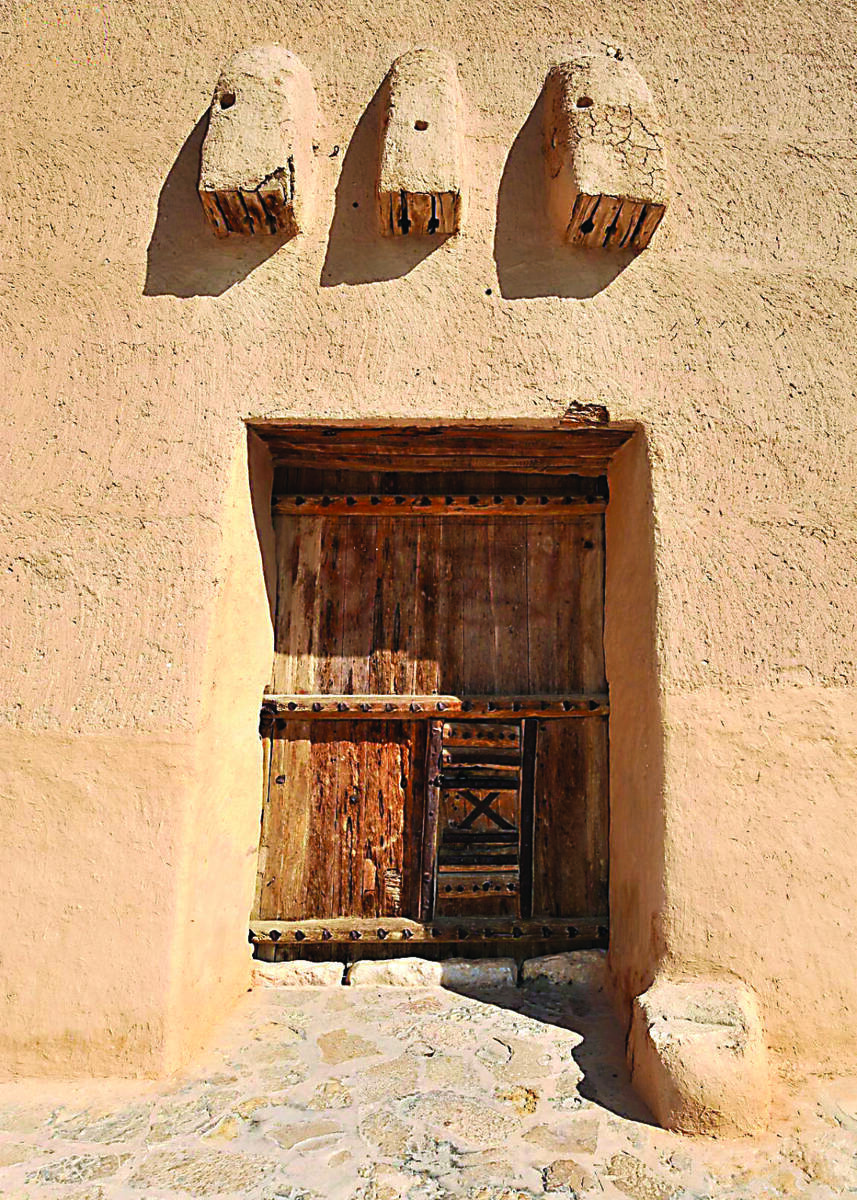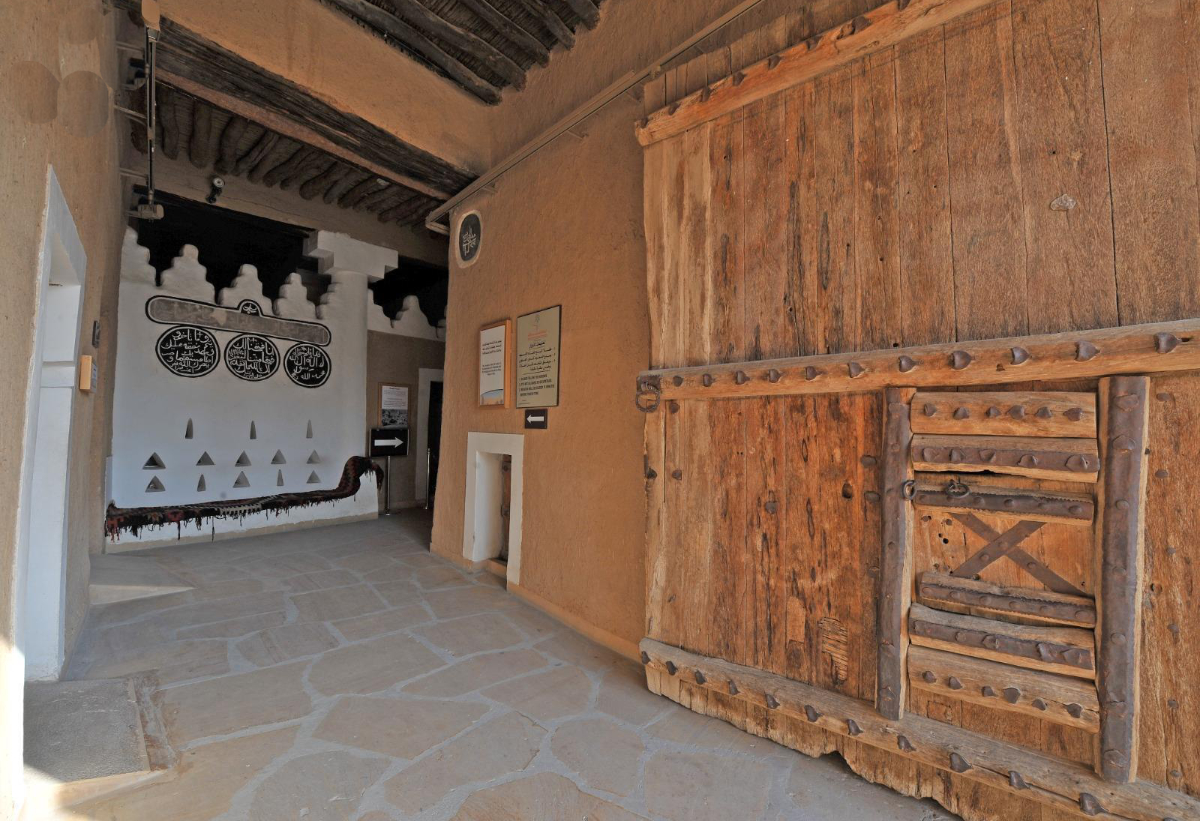RIYADH: Health-conscious consumers are turning to new versions of traditional snacks in order to tackle obesity in the Kingdom.
Freeze-drying has emerged as a popular way to process fruits in a move away from traditional drying with heat, which can cause nutrients such as vitamins, antioxidants and fiber to be depleted. Freeze-drying causes less degradation and ensures more goodness is retained.
“When I first tried freeze-dried strawberries, I loved them,” Riyadh resident Abdullah Saud told Arab News. “Because I have diabetes I am not allowed to consume a lot of sugar or fruits, but the strawberries are great. They are not sugary, for my taste.”
HIGHLIGHTS
• Public health physician Dr. Zahra’a Al-Ahmed, who specializes in nutrition, warned that while freeze-dried fruit retained structure and flavor, it could still be high in calories.
• The Saudi Food and Drug Authority’s Healthy Food Promotion Initiative is reducing unhealthy additives in food products to improve nutritional labeling.
• Dates are an option for a classic Saudi snack, widely popular due to their cultural and religious significance.
However, public health physician Dr Zahra’a Al-Ahmed, who specializes in nutrition, warned that while freeze-dried fruit retained structure and flavor, it could still be high in calories.
Speaking to Arab News about snacking habits and the shift to healthier options, she said: “Similar to many other nations, Saudi Arabia has major issues with diabetes, obesity and heart disease. These non-communicable diseases are frequently associated with poor eating habits, such as consuming too many processed snacks that are heavy in sodium, sugar and bad fats.”
The trend towards healthier choices indicated the community was increasingly aware of these risks and was making the effort to reduce such problems, she said: “Low-calorie, sugar-free, gluten-free, high-fiber and protein-rich products are among the clean label options that consumers are actively looking for.”
Al-Ahmed said consumers’ snacking habits in the Kingdom were changing thanks to various programs that “encourage improved eating habits towards mindful eating.”
One such scheme is the Saudi Food and Drug Authority’s Healthy Food Promotion Initiative, which aims to reduce unhealthy additives in food products and improve nutritional labeling, encouraging consumers to make informed decisions.
Al-Ahmed explained that people’s consumption habits were influenced by multiple factors, including socioeconomic status, education level and social as well as emotional triggers.
Despite improving attitudes towards diets in the Kingdom, unhealthy snacks are still popular, especially among college students and young adults. More programs targeting these groups were needed, she added.
Dates are another option for a classic Saudi snack, widely popular due to their cultural and religious significance. They have always been valued for their natural sweetness and nutritional benefits, and new, healthier versions are being found in cafes and on supermarket shelves.
From chocolate-covered Ajwa dates to those stuffed with almonds, pistachios or peanut butter, the much-loved fruit is finding favor in new forms.
“I love date bars — healthy and tasty — and I make a lot for myself and for my family instead of buying regular chocolate at the supermarket,” said Munirah Al-Fahad, from Riyadh. “It gives me the same taste but with less sugar and (fewer) fats.”
She revealed: “The base for this snack is dates, followed by a layer of peanut butter, then topped by chocolate mixed with nuts. I leave it after that in the refrigerator to cool for two hours, sometimes less.”




































